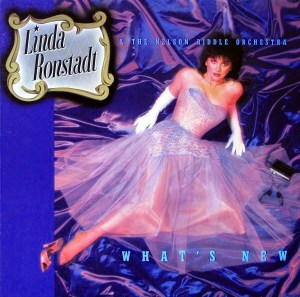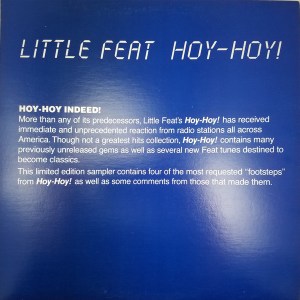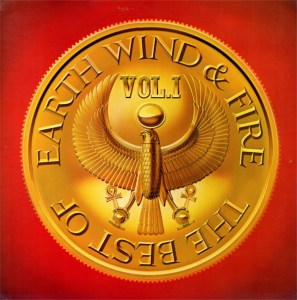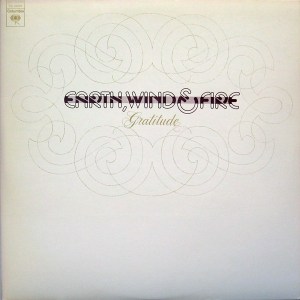Not many compilation albums offer top quality sound, but this one does, and here are some of the others we’ve discovered.
The best pressings sound amazing, with big-as-life Demo Disc Quality sound. Lucky for us, EWF was always an audiophile-oriented band. They produced some of the best ’70s multi-track recordings around. With a big speaker system turned up good and loud, the first track is simply mind-boggling. It’s some of the best sound we have heard around here in weeks, and we play a lot of good sounding records.
When the vocals are thin and pinched, as they often are, the edge and overall harshness take all the fun out of the music. Every track has group vocals and choruses, and the best copies make all the singers sound like they are standing in a big room, shoulder to shoulder, belting it out live and in living color.
The good copies capture that energy and bring it into the mix with the full-bodied sound it no doubt had live in the studio. When the EQ or the vinyl goes awry and their voices (and brass) start to take on a lean or gritty quality, the party’s over.
But the richness and fullness must be balanced with TRANSPARENCY. Of course this has to be a multi-miked, multi-tracked, overdubbed pop record — they don’t make them any other way — but it doesn’t have to FEEL like one.
When you get a good copy it feels like all these guys are live in the studio. You see them clearly. They may have their own mics, and are certainly being placed artificially in the soundfield to suit the needs of the track (kick drum here, hand-claps over there), but the transparency of the killer pressings makes them sound like they are all in the same big room playing together.
TRACK LISTING
Side One
Got to Get You into My Life
On the best pressings of this album, the groove is so heavy and lively in this song that the typical copy sounds just plain cheap. It may be an original but the sound is pure bargain-bin reissue.
Fantasy
Can’t Hide Love
This is our favorite EW&F song here at Better Records, a beautiful ballad that is truly a perfect representation of the band’s capability to change pace from blowing doors down to tugging heart-strings. They do both as well as any soul band ever could. This song is a MASTERPIECE.
Love Music
Getaway
Side Two
That’s the Way of the World
September
EW&F’s biggest hit, but only the best pressings brought out the magic in the powerful horns and layered vocals without being smeary or spitty. Our best copies soared higher than we had ever heard for this song; the sound just leapt out of the speakers. What a great track.
(more…)








